
News Directory
Bushings and Bearings: What is the Difference?
1. Introduction
Both bushings and bearings are indispensable components in mechanical and rotating systems, classified broadly as anti-friction devices. Their fundamental role is to support a mechanical load while allowing one part to move relative to another with minimal friction and wear. Without these components, moving parts would quickly seize, overheat, or fail due to metal-on-metal contact.
While they share the same ultimate function—to facilitate motion—their method of achieving this goal, their internal design, and their optimal operating conditions are vastly different.
Briefly Define Bushings and Bearings
For practical engineering purposes, they are distinguished as follows:
-
Bushing (Plain Bearing):
A bushing is a single-component cylindrical sleeve inserted into a housing or bore to provide a bearing surface for a shaft. Its operation relies on sliding contact (or boundary, mixed, or hydrodynamic lubrication). Bushings are often considered a type of bearing, specifically a "plain bearing" or "sleeve bearing," due to their simple, friction-reducing function. -
Bearing (Rolling-Element Bearing):
A bearing is a multi-component assembly that includes an inner race, an outer race, and intermediate rolling elements (like balls or rollers) separated by a cage. Its operation relies on rolling contact, which drastically minimizes friction. The term "bearing" often refers specifically to these rolling-element designs to distinguish them from simple bushings.
State the Purpose of the Article: To Clarify the Differences Between Them
The primary purpose of this article is to clarify the fundamental engineering differences between bushings and rolling-element bearings. This distinction is crucial for designers and manufacturers, as selecting the appropriate component directly impacts a system’s cost, energy efficiency, speed capacity, and longevity.
The following table provides a quick, high-level summary of the key differences:
| Feature | Bushing (Plain Bearing) | Bearing (Rolling-Element) |
|---|---|---|
| Friction Principle | Sliding Contact | Rolling Contact |
| Typical Speed | Low to Moderate | Moderate to High |
| Design | Simple, Single-Component Sleeve | Complex, Multi-Component (Races, Rollers/Balls, Cage) |
| Load Capacity | Excellent for High Static & Shock Loads | Excellent for High Dynamic Loads |
| Relative Cost | Lower | Higher |
2. What is a Bushing?
A bushing, often referred to as a plain bearing or sleeve bearing, is the simplest form of bearing in mechanical engineering. It is essentially a cylindrical sleeve designed to fit snugly into a housing, providing a smooth, durable, and often replaceable surface upon which a shaft can rotate, oscillate, or slide.
Definition and Basic Function
The basic function of a bushing is to reduce friction and manage wear between two moving parts by substituting a dedicated bearing material for the housing or shaft material itself. A bushing operates based on sliding friction, where the moving shaft glides against the inner surface of the stationary sleeve, either using a thin film of lubricant (oil or grease) or utilizing the natural, low-friction properties of the bushing material itself (e.g., plastics or graphite-impregnated bronze).
Types of Bushings
Bushings come in several configurations to suit different load and movement requirements:
| Bushing Type | Description | Application and Function |
|---|---|---|
| Sleeve Bushings (Plain Bearings) | Simple, straight, one-piece hollow cylinders. The most common and basic type. | Used for purely radial movement; support rotating or sliding shafts. |
| Flanged Bushings | Incorporate an integrated collar (flange) at one end of the cylinder. | Designed to handle both radial loads (perpendicular to the shaft) and axial (thrust) loads (parallel to the shaft). |
| Spherical Bushings | Feature an inner diameter with a spherical shape. | Allow for angular misalignment or oscillation in a system, such as in rod ends or suspension joints. |
Materials Used in Bushings
The material dictates the bushing’s performance characteristics, including its load capacity, wear rate, and need for external lubrication.
- Bronze: Highly versatile, offering high strength, excellent load-carrying capability, and good corrosion resistance. Often impregnated with oil or graphite for self-lubrication.
- Plastic (Nylon, PTFE): Lightweight, excellent corrosion resistance, and naturally low-friction. PTFE (Polytetrafluoroethylene, or Teflon) is often used for its superior self-lubricating qualities and chemical inertness.
- Steel: Used as a strong structural backing (often with a softer liner material bonded to the inside) for extremely high load or high-shock applications.
Advantages of Bushings
- Cost-effective: Simple design and manufacturing processes make them significantly cheaper than rolling-element bearings.
- Simple Design: Easy to install, replace, and requires minimal radial space in the housing, making them ideal for compact designs.
- Ability to Handle High Loads: The full contact area between the shaft and the inner surface allows bushings to effectively distribute and support very high static loads and shock loads.
Disadvantages of Bushings
- Higher Friction: The sliding contact creates more internal friction and heat compared to the rolling elements of a bearing.
- Requires Lubrication: Most metallic bushings require external, frequent lubrication (oil or grease) to maintain a low coefficient of friction and prevent rapid wear.
- More Wear Compared to Bearings: The constant abrasive sliding action, even when properly lubricated, results in a shorter operational life compared to rolling-element bearings.
Common Applications of Bushings
Bushings are the preferred choice for applications where high load and low speed are the primary factors, or where simplicity and cost are critical.
- Suspension Systems: Used in vehicle control arms, leaf springs, and shock absorber mounts where oscillating movement and high shock loads occur.
- Hinges and Pivots: Heavy machinery doors, construction equipment booms, and scissor lifts.
- Low-Speed Rotary Equipment: Agricultural machinery, simple gearboxes, and home appliances where speed is not the dominant factor.
3. What is a Bearing?
In the context of differentiating between the two components, a bearing typically refers to a rolling-element bearing (such as ball bearings or roller bearings). This type of component utilizes intermediate rolling elements to convert sliding friction into significantly lower rolling friction, thereby facilitating smooth, high-speed rotational or linear motion.
Definition and Basic Function
A rolling-element bearing is a precision assembly composed of several parts: an inner ring (race) fitted to the shaft, an outer ring (race) fitted to the housing, and a set of rolling elements (balls or rollers) held in place by a cage (retainer).
Its basic function is to sustain a load while enabling relative motion between the inner and outer races with minimal friction. By using rolling elements, the contact area is drastically reduced and the friction coefficient is lowered, making bearings highly efficient for continuous, high-speed operation.
Types of Bearings
Bearings are classified primarily by the shape of their rolling elements, which dictates the type and magnitude of the load they can best handle:
| Bearing Type | Rolling Element | Primary Load Capability | Common Use |
|---|---|---|---|
| Ball Bearings | Spherical Balls | Radial and moderate Thrust Loads | Electric motors, small machinery, high-speed applications. |
| Roller Bearings | Cylindrical Rollers | High Radial Loads | Gearboxes, transmissions, heavy industrial equipment. |
| Tapered Roller Bearings | Tapered (Conical) Rollers | High Radial and High Thrust Loads | Vehicle wheel bearings, heavy equipment axles. |
| Needle Bearings | Long, Thin Cylindrical Rollers | Very High Radial Loads in compact spaces | Universal joints, automotive components with limited room. |
Materials Used in Bearings
Bearing materials must possess high hardness, excellent fatigue resistance, and dimensional stability to handle continuous high-stress cycles.
- Steel (Chrome Steel, Stainless Steel): Chrome steel (SAE 52100) is the industry standard for high-performance bearings, offering superior hardness and wear resistance. Stainless steel is used where corrosion resistance is critical.
- Ceramic: Materials like silicon nitride are used for hybrid bearings (ceramic balls with steel races) or full-ceramic bearings. They offer lower weight, higher stiffness, superior resistance to heat and corrosion, and allow for extreme high-speed operation.
Advantages of Bearings
- Low Friction: The rolling contact principle results in significantly less friction, translating to higher energy efficiency and less heat generation.
- High Speed Capability: Reduced friction and heat allow rolling-element bearings to operate reliably at much higher rotational speeds than bushings.
- Reduced Wear: Due to the minimal contact area and rolling action, bearings experience far less wear over long operational periods, leading to a much longer service life.
Disadvantages of Bearings
- More Complex Design: The need for precision-ground races, cages, and rolling elements makes manufacturing complex and demanding.
- Higher Cost: The complexity and need for high-precision, high-quality materials result in a higher unit cost compared to simple bushings.
- Sensitivity to Contamination: Minute particles of dirt, dust, or moisture entering the bearing can damage the precision surfaces of the races and rolling elements, leading to rapid, catastrophic failure.
Common Applications of Bearings
Bearings are vital for systems requiring precision, high velocity, and durability under dynamic loads.
- High-Speed Machinery: Turbines, compressors, power transmission shafts, and precision spindles.
- Automotive Wheel Bearings: Essential for managing high speeds and the combined radial/thrust loads of a vehicle in motion.
- Precision Equipment: Robotics, medical imaging devices, and aerospace control surfaces where minimal friction and high accuracy are required.
4. Key Differences Between Bushings and Bearings
While both components serve to support shafts and reduce friction, their underlying mechanism (sliding vs. rolling) leads to distinct performance profiles. Understanding these differences is crucial for selecting the right component for any mechanical application.
Friction
The fundamental distinction lies in the type of friction each component uses to facilitate movement.
| Characteristic | Bushings (Sliding Contact) | Bearings (Rolling Contact) |
|---|---|---|
| Contact Type | Sliding/Gliding contact between the shaft and the inner surface. | Rolling motion of balls or rollers between two races. |
| Friction Level | Higher friction, leading to more heat and power loss. | Significantly lower friction, leading to higher efficiency and cooler running. |
| Lubrication Role | Crucial for creating a separating film to prevent metal-on-metal sliding. | Reduces friction between rolling elements and races, and between rolling elements and the cage. |
Load Capacity
Load capability is determined by how the component distributes force.
- Bushings: Generally superior for handling high static loads (non-moving or slow rotation) and shock loads. The force is spread over a large, continuous contact area, which prevents deformation or failure under sudden high pressure.
- Bearings: Better suited for handling high dynamic loads (loads under rotation) at high speeds. While some roller bearings offer immense load capacity, the load is concentrated at the rolling contact points, making them more sensitive to static overload or extreme shock.
Speed
The efficiency of motion determines the permissible operating speed.
- Bushings: Suitable for low-speed, intermittent, or oscillating motions. The increased sliding friction and heat generation at high speeds can quickly lead to component failure.
- Bearings: Designed specifically for high-speed and continuous rotation. The low rolling friction ensures minimal heat buildup, allowing for extremely high rotational velocities.
Complexity and Cost
These factors are directly related to the design and precision required for manufacturing.
| Component | Design Complexity | Manufacturing Precision | Relative Cost |
|---|---|---|---|
| Bushings | Simple, single-piece structure. | Lower precision required. | Significantly lower. |
| Bearings | Complex assembly of multiple, highly precise components (races, balls/rollers, cage). | Extremely high precision required, especially for races and rolling elements. | Higher. |
Maintenance
The difference in friction mechanism impacts lubrication and maintenance needs.
- Bushings: Often require more frequent lubrication because the sliding motion quickly depletes the lubricant film. Conversely, many composite and plastic bushings are self-lubricating, requiring virtually no maintenance.
- Bearings: Many sealed units are "lubricated for life." Maintenance is generally less frequent, but they are highly sensitive to contamination. Failure to keep out dirt or moisture can lead to etching and rapid bearing destruction.
5. Applications: Bushings vs. Bearings
The decision on whether to use a bushing or a bearing is made by prioritizing the most critical design requirements: speed, load, cost, and maintenance.
When to use Bushings
- Low-Speed, High-Load Applications: The system involves slow, heavy rotation or oscillation (e.g., heavy machinery pivots, hydraulic cylinder mounts).
- Cost-Sensitive Designs: Budget constraints dictate the use of simpler, cheaper components where high speeds are not a factor.
- Dirty, Corrosive, or High-Shock Environments: The simple, robust design is less susceptible to failure from external contamination or sudden impact loads.
- Limited Radial Space: Bushings often have a smaller radial footprint than comparable rolling-element bearings.
When to use Bearings
- High-Speed, Low-Friction Applications: The system requires continuous, high-speed operation with maximum energy efficiency (e.g., electric motors, turbines).
- Precision Machinery: When high rotational accuracy, minimal runout, and low vibration are paramount (e.g., machine tool spindles, robotics).
- Applications Requiring Minimal Maintenance: Sealed or shielded bearings are ideal for systems where frequent access for lubrication is impractical or impossible.
6. Hybrid Solutions
The clear-cut distinction between simple bushings and complex rolling-element bearings has led to the development of hybrid solutions designed to capture the best attributes of both—namely, the high load capacity and robustness of a bushing combined with the reduced friction of a bearing system.
Discuss the Use of Composite Bearings and Bushings
The most common hybrid solution is the composite bearing or composite bushing. These components are constructed from multiple layers of material, each serving a specific function:
- Steel or Bronze Backing: Provides the structural integrity and high load-carrying capacity, similar to the main body of a traditional metallic bushing.
- Sintered Porous Layer: Often bronze powder, this layer is bonded to the backing and serves as a reservoir for lubricating oil or to anchor the sliding layer.
- PTFE/Polymer Sliding Layer: A thin inner layer made of Polytetrafluoroethylene (PTFE) or other advanced polymers provides an extremely low-friction sliding surface.
Advantages of Hybrid/Composite Solutions:
- Self-Lubrication: The PTFE or polymer layer, often combined with solid lubricants like graphite or molybdenum disulfide, allows for dry running (no external lubrication needed) or reduced maintenance, similar to some rolling-element bearings.
- High Load Capacity: The metallic backing ensures the component can handle high static and dynamic loads, a key advantage of traditional bushings.
- Compact Design: They retain the simple, space-saving cylindrical shape of a bushing.
- Wear Resistance: They offer improved wear characteristics over non-lubricated metallic bushings due to the low-friction sliding layer.
Applications: Composite solutions are ideal for applications that require high load, oscillation, or low-speed rotation in environments where lubrication is difficult or where contamination is a concern, such as automotive joints, agricultural equipment, and specialized industrial hinges.
7. Top Bushing and Bearing Products
The following sections detail the leading products within each category, highlighting their specific designs and intended applications.
Top Bushing Products
| Product | Key Feature | Advantages and Disadvantages | Common Application |
|---|---|---|---|
| Bronze Bushings | Sintered, porous structure (often oil-impregnated). | High load capacity and excellent wear resistance; requires periodic or initial lubrication. | Heavy machinery, high-load pivots, automotive suspensions. |
| Sleeve Bushings | Simplest, straight cylindrical form. | Highly cost-effective and easy to install; limited to radial loads. | Simple hinges, appliance motors, low-speed axles. |
| Flanged Bushings | Includes an integral collar (flange). | Prevents axial movement and handles both radial and thrust loads; requires more housing space. | Applications with moderate thrust forces, gear housing mounts. |
| Self-Lubricating Bushings | PTFE or Polymer liner over a metal backing (Composite). | Very low friction and zero external maintenance required; load capacity is limited by the polymer liner. | Food processing, aerospace, inaccessible pivot points. |
| Nylon Bushings | Made entirely of engineered plastic (e.g., Nylon 6/6). | Lightweight, corrosion-resistant, and non-galling; limited to low-speed and low-load applications. | Low-load guides, marine environments, light consumer products. |
Top Bearing Products
| Product | Key Feature | Advantages and Disadvantages | Common Application |
|---|---|---|---|
| Ball Bearings | Spherical rolling elements; point contact. | Very versatile, excellent for high speeds; lower load capacity than roller bearings. | Electric motors, small gearboxes, high-speed spindles, skateboards. |
| Roller Bearings | Cylindrical rolling elements; line contact. | Offers significantly higher radial load capacity than ball bearings; limited speed compared to ball bearings. | Heavy industrial equipment, rolling mills, large transmissions. |
| Tapered Roller Bearings | Truncated conical rollers and races. | Excellent for handling simultaneous high radial and high thrust loads. | Automotive wheel bearings, differential pinions, heavy-duty truck axles. |
| Needle Bearings | Long, slender rollers with a small diameter. | Highest load capacity in the smallest radial space (compact design). | Automotive universal joints, rocker arms, limited-space gearboxes. |
| Ceramic Bearings | Ceramic balls with steel or ceramic races (Hybrid or Full Ceramic). | Exceptional high-speed performance, heat resistance, and low weight; significantly higher cost. | Aerospace, turbochargers, high-performance machine tools. |
Conclusion
Bushings and bearings are both essential mechanical components designed to facilitate movement and mitigate friction, but they operate on fundamentally different principles: sliding contact for bushings (plain bearings) and rolling contact for bearings (rolling-element bearings).
Choosing the correct component is an engineering decision driven by the application’s priorities:
| If your priority is… | Choose a Bushing | Choose a Bearing |
|---|---|---|
| Cost & Simplicity | Yes (Lower manufacturing cost and easy installation). | No (More complex and expensive). |
| High Speed | No (High friction limits speed). | Yes (Rolling contact allows for maximum speed). |
| High Static Load/Shock | Yes (Full contact area handles shock efficiently). | No (Rolling elements can be damaged by shock). |
| High Efficiency/Low Friction | No (High sliding friction). | Yes (Minimal rolling friction). |
| Operating Environment | Dirty/Contaminated (Robust, simple design). | Clean/Precision Required (Sensitive to contaminants). |
As a manufacturer specializing in custom bearing and bushing solutions, we emphasize that maximizing the performance and longevity of your machinery hinges upon choosing the right component that perfectly balances the demands of load, speed, maintenance, and budget.



 English
English 中文简体
中文简体 عربى
عربى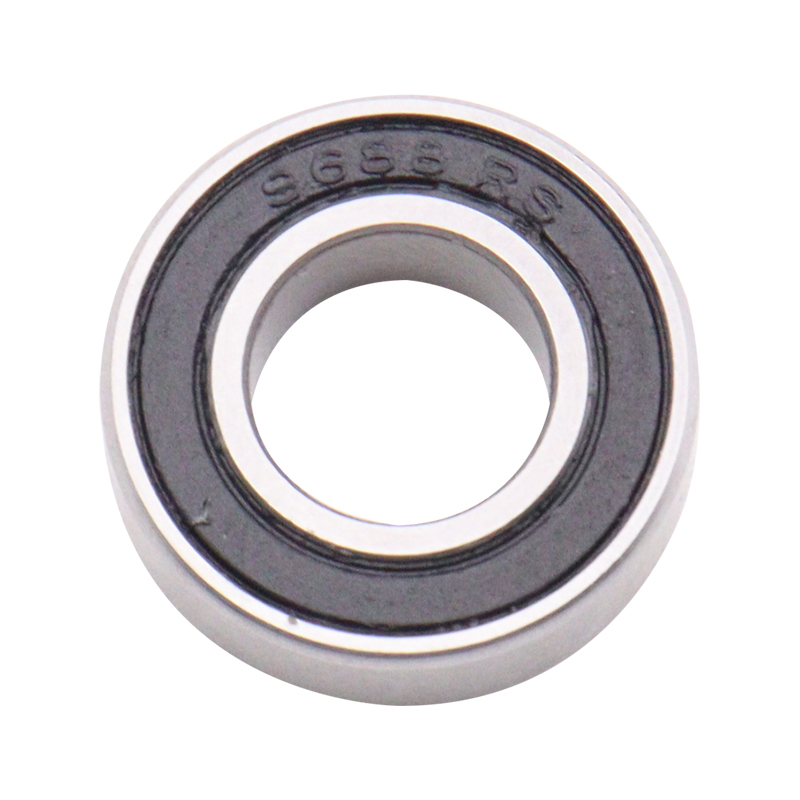
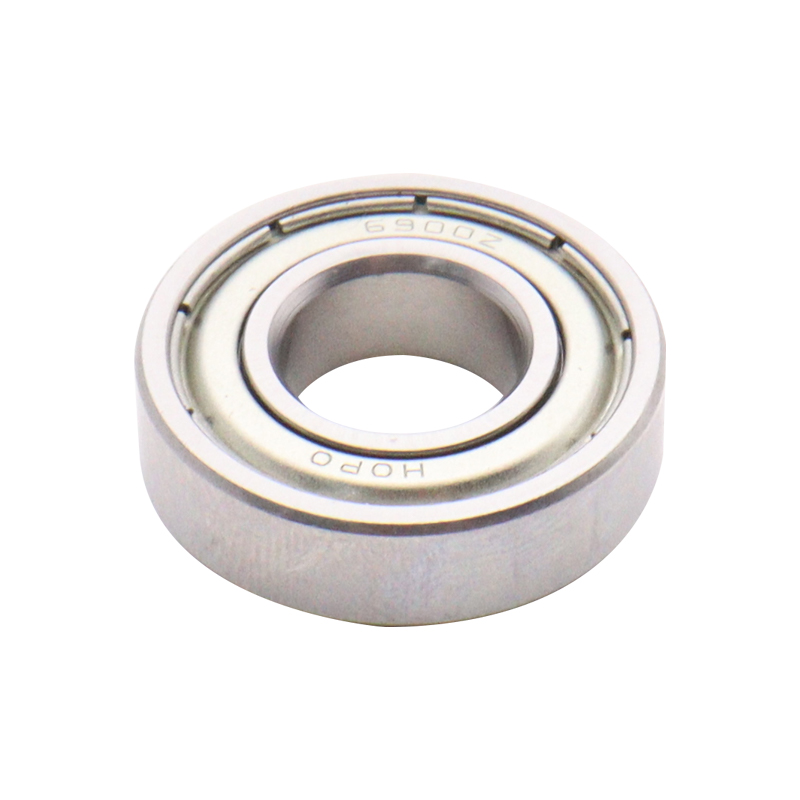
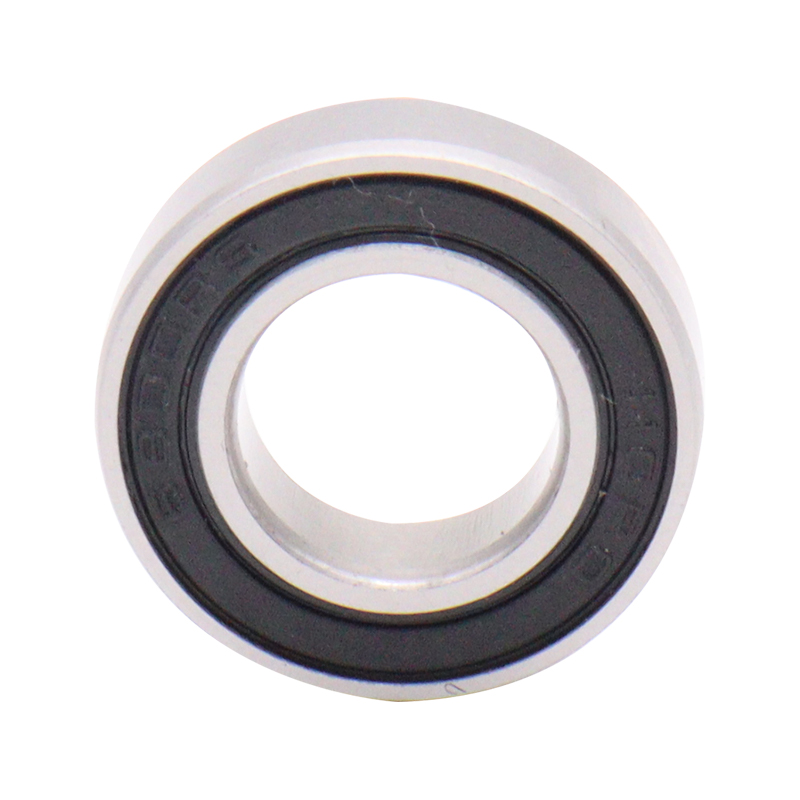
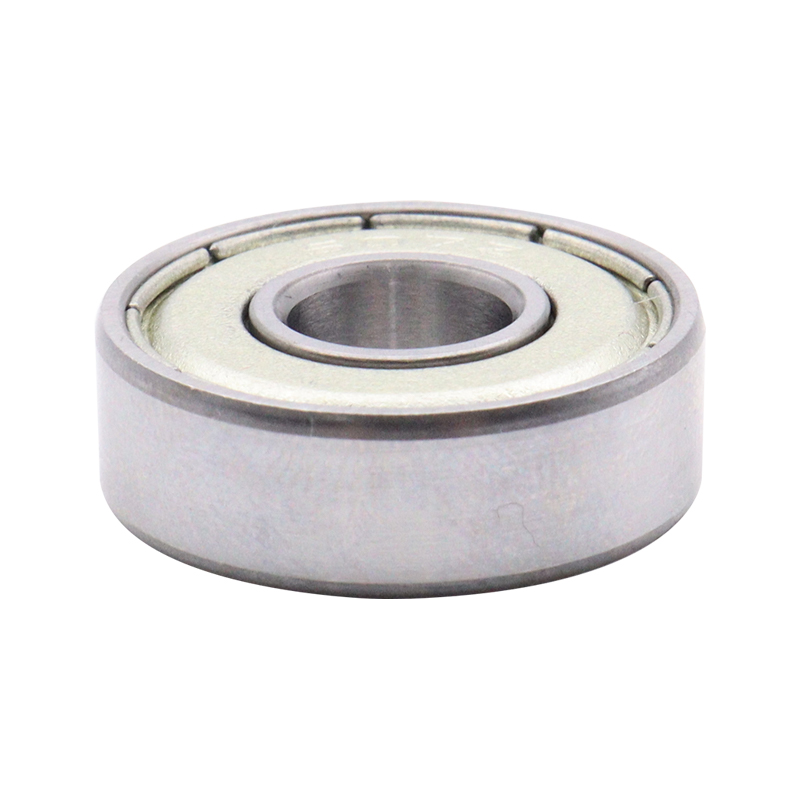
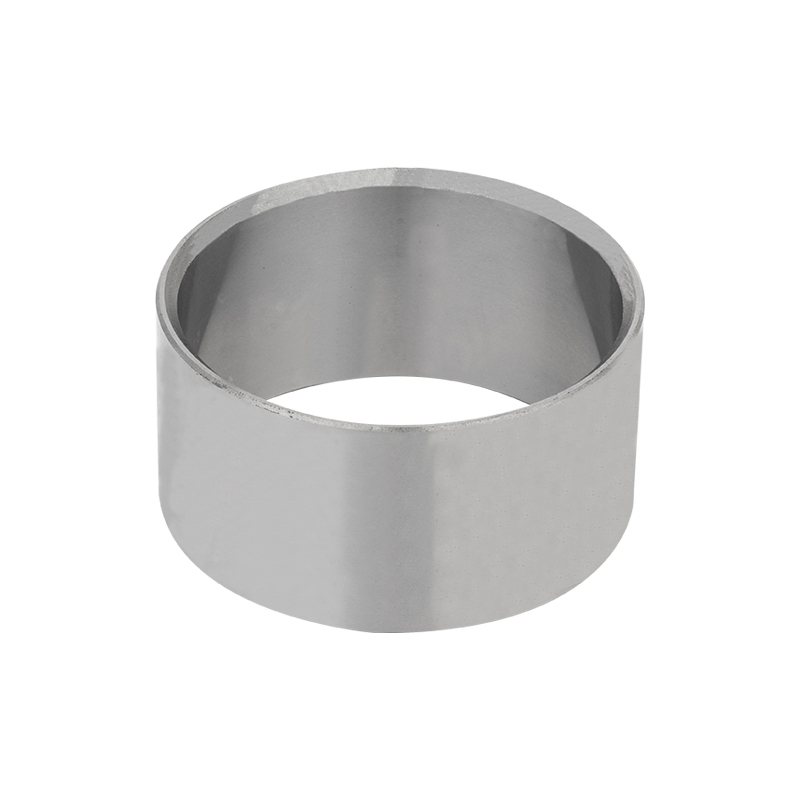
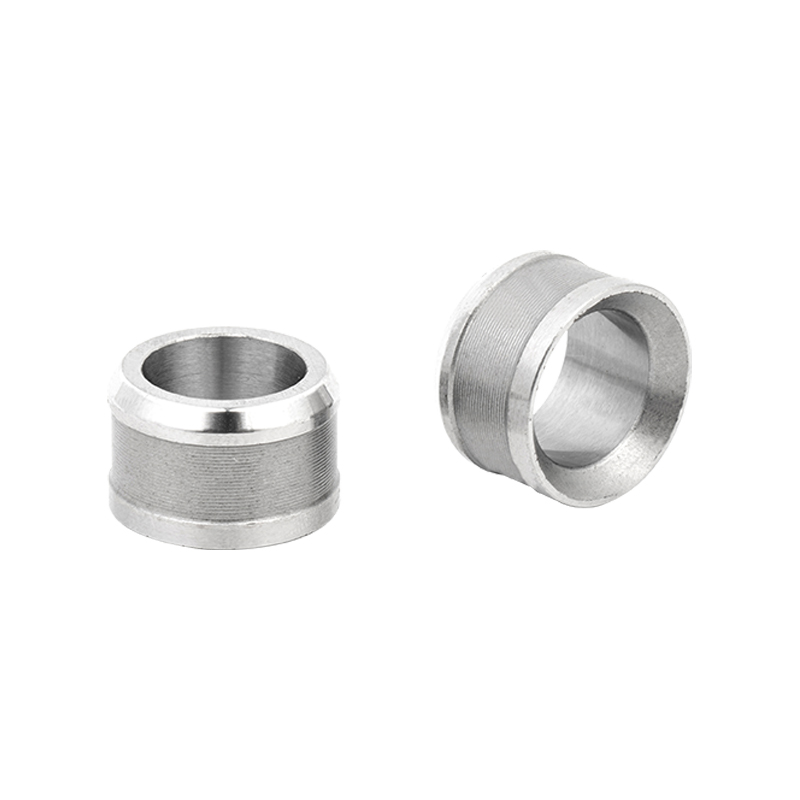
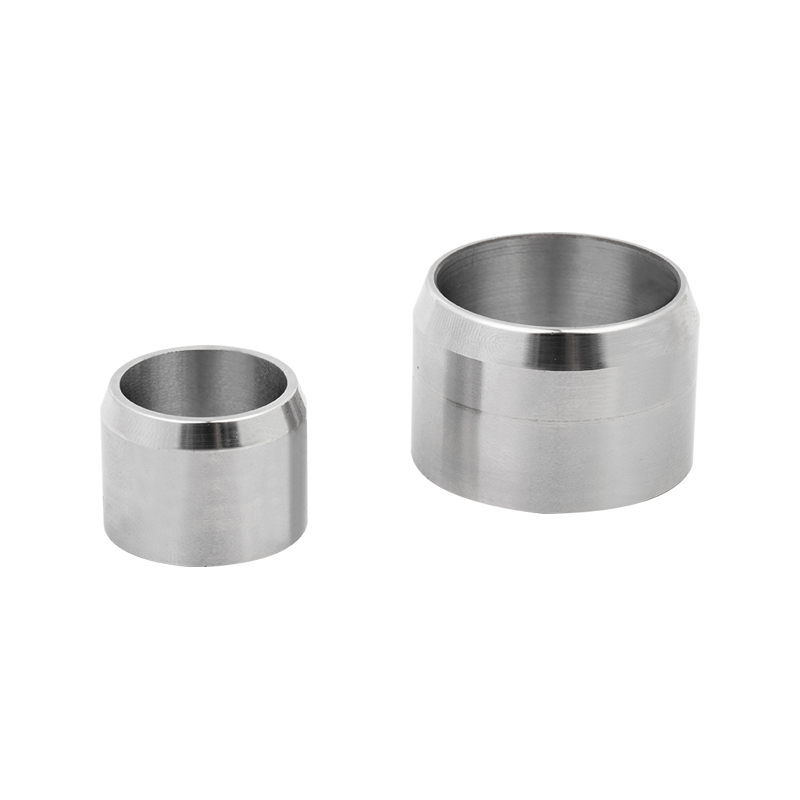
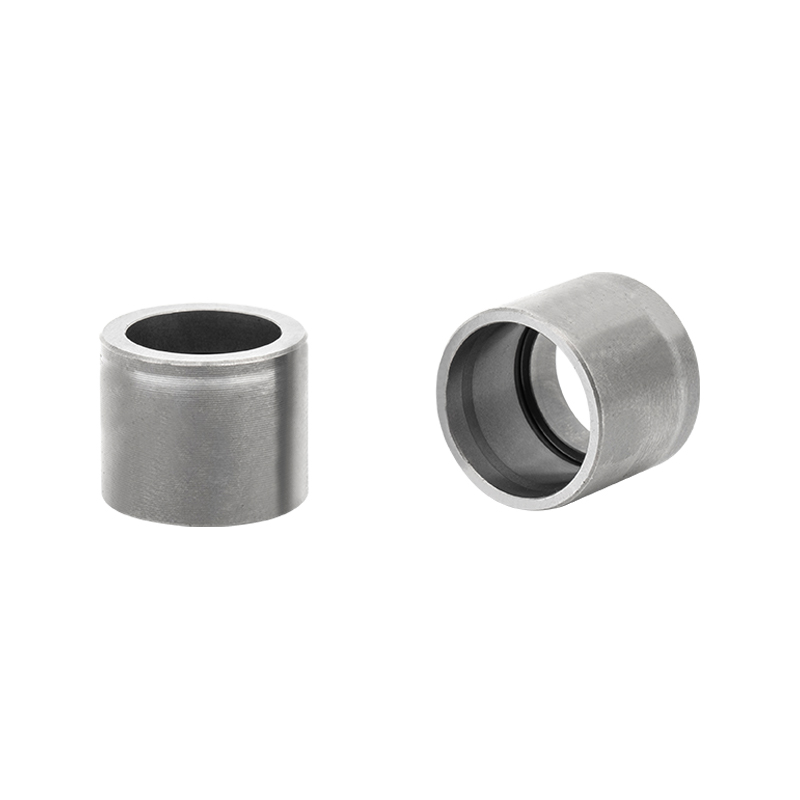
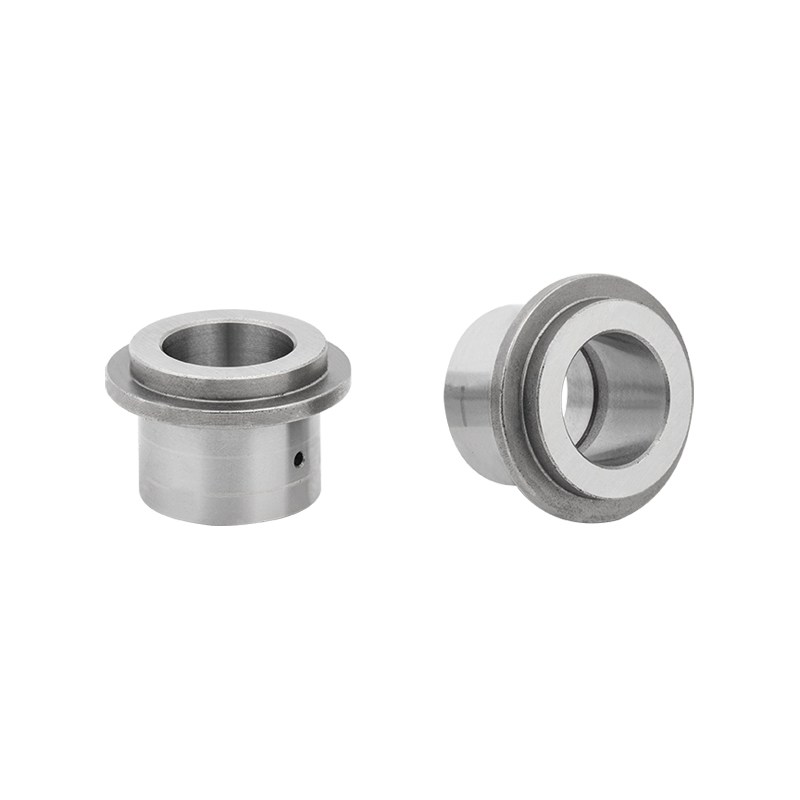

 Download Catalog
Download Catalog
